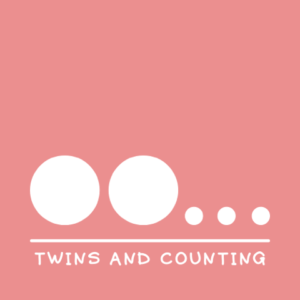Teaching your baby or toddler sign language can be a rewarding venture. Your child learns to communicate quite early on, and learning baby sign language soon can help reduce frustration and build your relationship.
There are many aspects that go into teaching your baby how to learn sign language. Here is everything you need to know when teaching your child sign language.
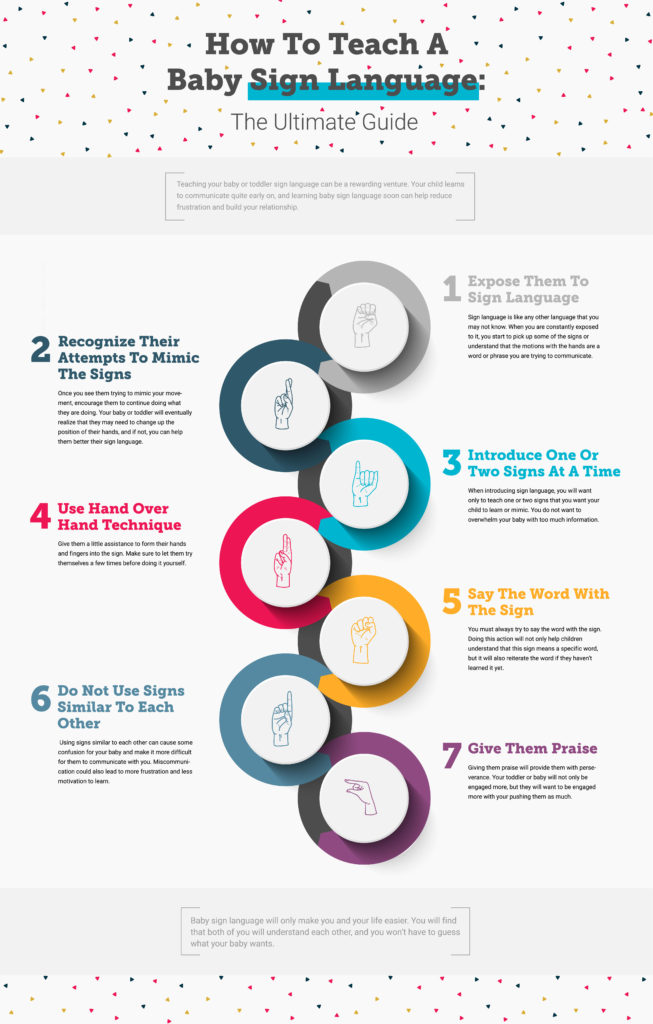
When Can You Start Teaching Sign Language?
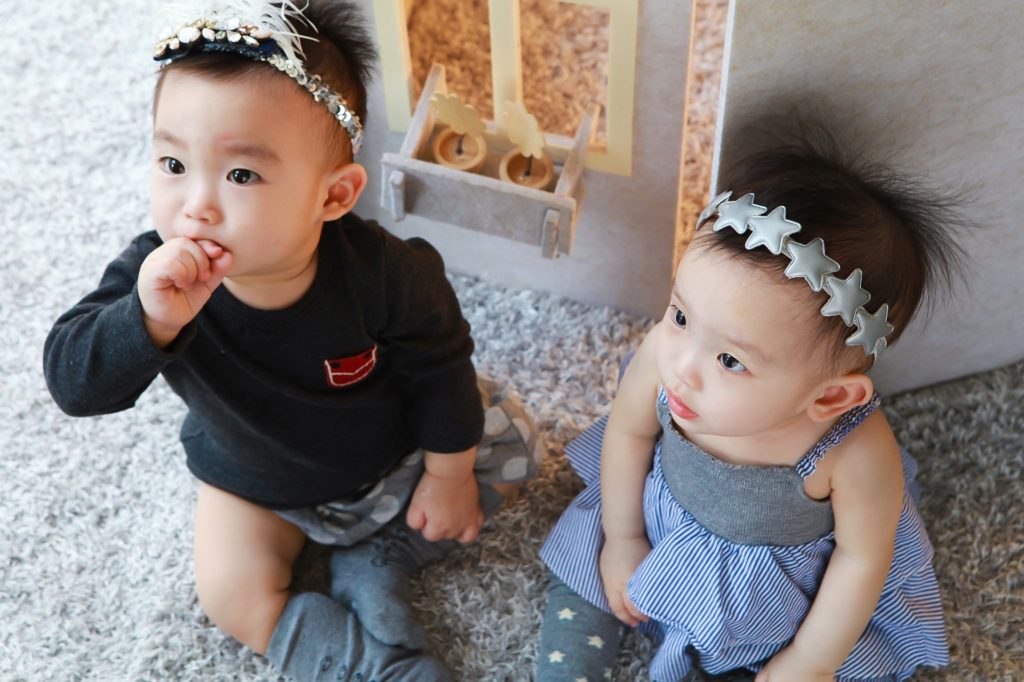
Your child understands the art of communication before they even turn one! They know that when they cry, they will be held, fed, or changed. These actions show that a baby knows the basic concept that you will respond this way if he or she does this.
The muscles that help your baby speak develop and strengthen more slowly than the thought process of communication and hand motor skills. This being said, your child can learn sign language long before they can speak or form simple sentences.
Once your baby starts noticing their hands and paying attention to yours, you can introduce sign language. The more you do it, the more quickly they will catch on, and the easier it will be for you two to communicate with each other.
How To Teach Your Baby Sign Language?
There are many ways you can teach your child sign language, but consistency is one of the biggest ones. You will have to keep in mind that your baby is brand new to the idea of communication and even more so with the use of their hands, so you will need to offer a lot of patience.
You will find that you can find your baby learning sign language in no time if you follow these steps. Here are the steps you will need to take to teach sign language:
- Expose them to sign language.
- Recognize their attempts to mimic the signs.
- Introduce one or two signs at a time.
- Use hand over hand technique.
- Say the word with the sign.
- Do not use words similar to each other.
- Give them praise.
Expose Them To Sign Language
Sign language is like any other language that you may not know. When you are constantly exposed to it, you start to pick up some of the signs or understand that the motions with the hands are a word or phrase you are trying to communicate.
Teaching your child doesn’t mean you should go out and be fully fluent in sign language, but you can begin using sign language with important words that you would like your child to learn. They learn even better when you combine the signs you know and their favorite book they want to read at bedtime.
Expose them to sign language using their favorite songs or nursery rhymes. Babies are naturally curious, and so as you show them new and unfamiliar words, you will pique their interest and inspire them to learn.
Your child will not pick up all the signs. They may not even be capable of doing some sign language because their fine motor skills have yet to be developed, but they can understand what that hand signal means.
You can find some wonderful resources online to show signs that are easy for a baby to learn. These words will also be easy for them to sign back to you.
Recognize Their Attempts To Mimic The Signs
Pay close attention to your child trying to mimic or even use the sign for whatever word you have been teaching them. They won’t always sign the word correctly in the beginning, but the attempt means that they are learning and that they understand the concepts you are teaching them.
The dexterity in a toddler or infant’s hands isn’t always well refined. They may not create the sign accurately, but you can see them attempting it. This is great! They are now getting the hang of the fact that they can use their hands and gestures as a way to communicate.
Once you see them trying to mimic your movement, encourage them to continue doing what they are doing. Your baby or toddler will eventually realize that they may need to change up the position of their hands, and if not, you can help them better their sign language.
Introduce One Or Two Signs At A Time
Exposing your child and introducing them to a sign are two different things. You can sign all the words you want. This is great exposure. When introducing sign language, you will want only to teach one or two signs that you want your child to learn or mimic.
You do not want to overwhelm your baby with too much information. You can cause frustration not only for your child but also for yourself. Learning is fun, and you don’t want the motivation to learn to be stifled so soon.
Once they begin to understand and pick up the word as well as use it appropriately, you can start introducing a new sign. There will be times that your child will not understand a word in sign language. If you spend a week trying to teach them a word and have yet to attempt it, you may need to try a different term.
Use Hand Over Hand Technique

This technique is wonderful not only for those that are struggling but for those who aren’t. Sometimes you will need to help your child move their fingers and hands into the proper positions because they haven’t mastered the skills themselves.
Give them a little assistance to form their hands and fingers into the sign. Make sure to let them try themselves a few times before doing it yourself. You don’t want them never to try, nor do you want them to rely solely on you. Once they have made several attempts, then try to use hand over hand.
Say The Word With The Sign
You must always try to say the word with the sign. Doing this action will not only help children understand that this sign means a specific word, but it will also reiterate the word if they haven’t learned it yet.
You will also be helping with their verbal communication. Yes, a baby may not have the vocal range to say any of these words just yet, but they will eventually. Saying these words exposes them to the meaning, and they will understand that meaning long before they can say it.
Don’t forget that exposure is one of the best ways to help your child learn. Just remember that their little brains are still learning and try not to make it overwhelming. Casually do this. They aren’t going to understand all the words and signs immediately.
Do Not Use Signs Similar To Each Other
When you are just starting with teaching your child sign language, you do not want to use similar signs. Using signs similar to each other can cause some confusion for your baby and make it more difficult for them to communicate with you. Miscommunication could also lead to more frustration and less motivation to learn.
The words “please” and “sorry” are quite similar to each other. These are both great words to teach your child, but you shouldn’t teach them simultaneously nor close together. Sometimes it is best to figure out what best fits your family and communication style.
Children may not realize the small differences each sign has and can confuse them. They may also misunderstand what you are trying to say. This misunderstanding only causes frustration between you and your child. As they grow older, you can start introducing more signs with slight differences.
Give Them Praise

This tip to teaching your child is a big one. Sometimes we forget to praise the little wins during the frustrations of the fails or attempts. Watch for improvement and how they attempt to mimic you. Praise will motivate them to continue learning after making a mistake or not doing well.
Giving them praise will provide them with perseverance. Your toddler or baby will not only be engaged more, but they will want to be engaged more with your pushing them as much. Encouragement will also enhance their self-esteem, and high self-esteem will make for a healthier toddler.
If they don’t see praise, they can get frustrated or even lose the curiosity to continue learning. Providing recognition will also show children that they are moving in the right direction and not the wrong one. A little praise can go a long way.
Ways To Praise Your Child
Praise can come in many forms. You don’t want to use the same old trick each time. Your child will lose interest, or they may lose genuine excitement using the same praise. Here is a list of tips and tricks to praise your child:
- Be genuine.
- Be specific.
- Praise their effort and not their ability.
- Do not use comparison phrases.
- Steer away from control praises.
- Try not to use cliche phrases or overused phrases.
- Don’t be predictable.
When praising your child, try not to praise every positive action. You want your child to think you are genuine and honest. If your praises come too often, they may start to disbelieve you because it is common for you to do it.
What Signs Are Best To Teach A Baby?
Some signs are better than others when teaching your baby. You don’t necessarily want to teach them the alphabet because, at this moment in time, the alphabet won’t help them communicate to you what they need.
Easy
You always want to start with the easier sign language while simultaneously getting the most from these words via communication. Here are many easy terms that you can begin exposing and teaching your child.
Food/Eat
This sign language should be the first or second word you teach your child. “Food/eat” is great for literally anything, whether it is the bottle or some food. You can eventually integrate drink when the time is appropriate.
This sign is also easy for the child to form their hand. They can use it when they don’t have many fine motor skills. They just put their fingers to their thumb and press it against their lips. Some children may begin using this sign by putting their palm or even their fist to their lips.
All Done
For this sign, you will need both hands. You put your hands up and turn your hands. Many babies will begin using this sign with one hand. Sometimes it will look like a wave instead of twisting your hands like holding up two balls.
This one is great for your child to learn because they can communicate with you when they are all done with an activity or eating. It is also a great way for you and your child to set up boundaries. Maybe they are all done with receiving kisses, and this gesture sets up that boundary.
Up
This sign a baby or child can learn innately. You will recognize this sign when a child or baby reaches their arms upwards as if they are asking for you to pick them up. Just don’t forget to say the words when doing this sign to understand what the gesture means.
Milk
“Milk” is another early sign you may want to introduce to your baby. This is great when your child is still bottle-fed. All you have to do is open and close your fist like pulling or squeezing an udder on a cow.
Down
“Down” is a pretty simple word to learn as well. Face your palm level with the ground with your hand in a fist. Stick out your index finger, and then move your index finger downwards.
Your toddler may begin without completely closing their fist or may have their entire hand open when they gesture to the ground. Keep in mind that their first attempts will not be quite the same as the sign, but you can help them improve their movement and positions as they keep practicing.
Hungry
To make this sign, cup your hand around your neck, which will create the shape of a “C.” Then move your hand from your neck to your stomach.
Mommy

Using the sign for both “mommy” and “daddy” is quite simple. For “mommy,” you will need to use your dominant hand. Open your hand with fingers spread apart. You will face your palm towards your non-dominant side and press your thumb to your chin.
You will then move your hand away from your body and bring it back again. This represents “mommy.” Children can do this sign easily because it doesn’t require any fine motor skills of the fingers.
Daddy
“Daddy” is similar to “mommy,” but you will press your thumb to your forehead instead of your chin. You will make the same movement from the forehead as you would the chin.
Bath
Although this is with both hands, this sign is easy to learn and great for communication. It is best to teach this sign before teaching the gesture for “sorry” because babies or toddlers often use one hand at first and then move to use both hands.
To complete this gesture, you ball both hands into a fist and rub them up and down your chest like scrubbing dirt off.
Intermediate
Intermediate signs are often those that require two hands or those that need more fine motor skills that may not be developed when you first start teaching your baby sign language.
Help
Signing the word “help” requires both hands, but it is okay for your child if they only use one hand in the beginning. You will set your dominant fist in the palm of your other hand with your thumbs up. When asking for help, you will move your dominant hand upwards.
This word can be difficult to use if you are needing assistance and have something in your hand. It is also normal for your child not to meet their hands in the middle to create the sign. Make sure they are at the developmental stage where they can perform this word.
Play
You will need both hands for the sign language form of “play.” Make the sign for the letter “y” with your three middle fingers curled into your palm and your thumb and pinkie sticking outwards. Turn your hands inwards and back outwards.
The term “play” can be difficult for toddlers because they will be tempted to put down all their fingers, not leaving the pinkies out. This sign can also be confused with “y” or “yellow,” so make sure that they understand there is a difference between each gesture.
Drink
“Drink” isn’t the hardest word to learn, but it does take a little more skill to form your hand as if you were holding an invisible cup. Not every toddler can make this shape immediately, and it will have to take some practice.
To use this sign, you will have to act as if you are holding a cup and then bring your hand to your mouth. When you say drink, pretend like you are taking two sips of that cup.
No
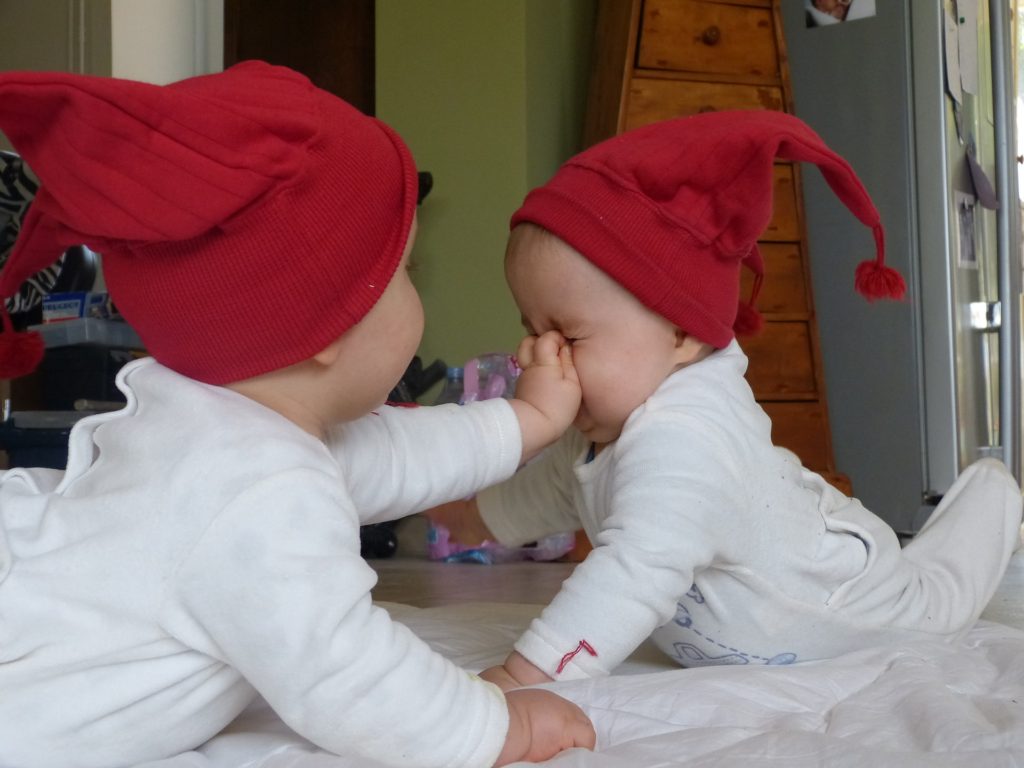
The word “no” takes a little more dexterity that babies may not be able to do. You press your index and middle finger to your thumb. You do this twice to indicate the meaning of “no.” A child can’t always make this motion, so you may teach this one after having more control over their fingers.
Want
“Want” is a great sign to learn as they get more advanced. This should be a later sign to learn because it is difficult but that the motion is similar to the sign “milk.” Because of this, a child may get the two confused or try to use the sign for “milk” as the sign for “want.”
To make this sign, you use both hands, palms upwards. You will bring both hands towards your body while closing your fist. Many toddlers will begin using just one hand for “want” but then graduate to use both. Recognize these attempts to give them confidence.
Toilet
This is another sign that it isn’t really difficult, but the concept is not appropriate for the early developmental stage. You can use this word when teaching your child to go to the bathroom. But refrain from teaching it too early.
“Toilet” can be done by making the sign for the letter “T” with your thumb between your index finger and your middle finger. Then twist your hand like it were the level of the toilet being flushed.
Look for them making the turning motion without putting their thumb in the proper place. Sometimes toddlers don’t realize they need to put their thumb between fingers and begin with a balled fist.
Keep These Things In Mind
When teaching your child, there are a few things you will always want to keep in mind. Here are the ideas you should remember:
- Their age
- Their developmental stage
- Their dominant hand
- Their ability
Their Age
Your child’s age is a large factor in what pace they learn and what they can learn. They may not understand concepts as adults do. They are just now learning how to communicate, and even adults are still learning better ways to communicate.
You will have to be patient with them because they do not understand that your reaction may be frustrated with yourself and not with them. Babies and toddlers do not quite understand emotions as adults do, and even if they do, it is basic emotions.
Their Developmental Stage
Remember that there is a stage for when information should be introduced. A baby doesn’t need to learn the sign language for toilet or wait because they may not understand what it means.
You also need to understand that their development in their body, whether it is the muscles or ligaments, may not be mature enough to create the signs you want from them.
There is a range of what to expect from a child, but not all children develop at the same rate. Some may have developmental delays, and others may be a little more advanced. It just depends on the individual.
Their Dominant Hand

Once your baby discovers their hands, they will use both. They love to see how they work and what they can do. You’ll find your baby just staring at their hands in wonder and think about what to do with them next.
Try not to assume which hand will be their dominant one. A child can be left-handed, right-handed or even ambidextrous. Knowing their preference will also help you teach them how to do the sign. Most single-handed gestures will be used with the dominant hand and two-handed signs; the dominant hand will be positioned a certain way.
Knowing this information will help you communicate better with them and help you decide how to teach them. Do not force your child to use the same dominant hand as yourself. Making them use the hand they don’t want to can be discouraging and stifle their motivation to learn more words.
Their Ability
Each child is different and an individual. One child may learn one word easily while the other may not comprehend it as easily.
You will also need to take into consideration any illnesses or diseases. These can affect your child’s development, and if they can even perform the sign, you’re asking them. This is true for those diseases that decrease muscle tone and loose ligaments.
These diseases can cause developmental delay, and your child may take longer to learn a word. Be patient with them. You may have to do hand-over-hand techniques more often. Try not to do it for them immediately, though. Allow them to try a few times before you do this technique.
Whether it is low muscle tone or just a baby or toddler’s age, remember that they may get tired of making the gestures. They may not have the endurance that adults have.
Benefits Of Teaching Baby Sign Language
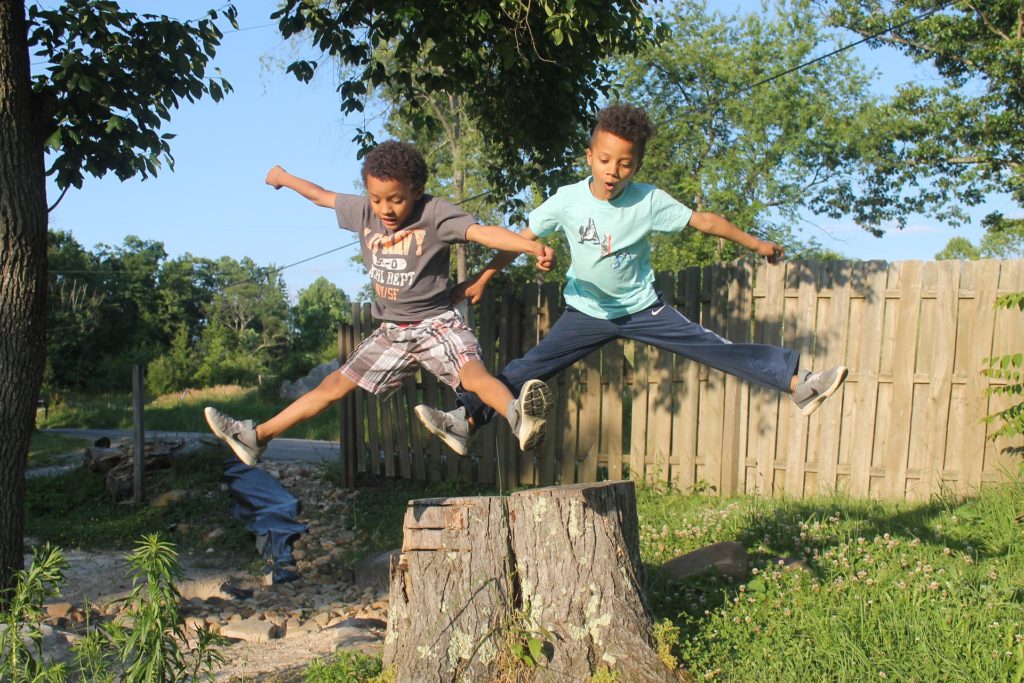
Sign language will only increase everyone’s quality of life. It will boost positive communication between you and your child earlier on, which means a better relationship. There will be less frustration between you two because there will be less confusion about what each other wants.
Learning sign language is especially beneficial for babies and toddlers because it enhances their self-esteem and independence. They will feel better about themselves and will strive to do more on their own. It will also give them the confidence they need and the motivation.
Sign language can also help with the development of muscles in their hands. They will get stronger the more and more they use these gestures. It is like a little workout for their hands.
Outro
You will be surprised at what your baby or toddler is capable of doing. Don’t underestimate them because they will effectively communicate with you with their new sign language and are quite fast learners.
Baby sign language will only make you and your life easier. You will find that both of you will understand each other, and you won’t have to guess what your baby wants.
Recent Posts
Having twins can be scary, overwhelming, and hard. But, it's also beautiful, fun, and adorable! Let's focus on the positives with these cute and funny stories about raising twins. Comment which one...
Newborn photography is a beautiful way to capture the fleeting moments of your baby’s earliest days. These precious photos become cherished keepsakes, encapsulating the joy and tenderness of...
